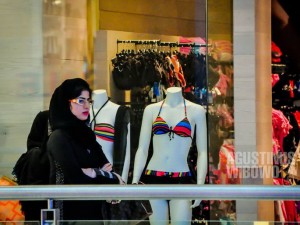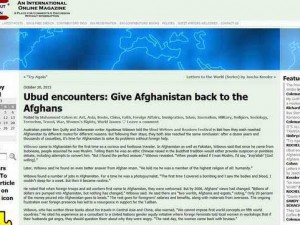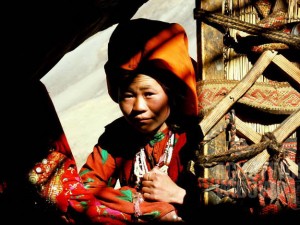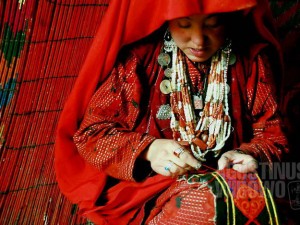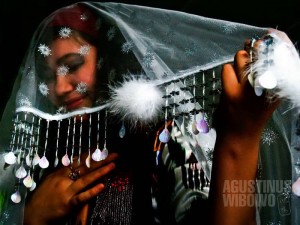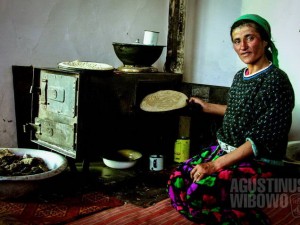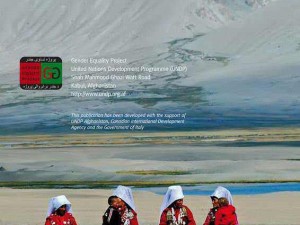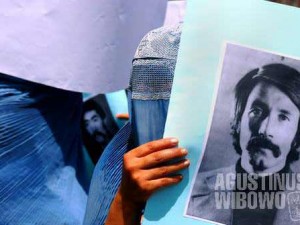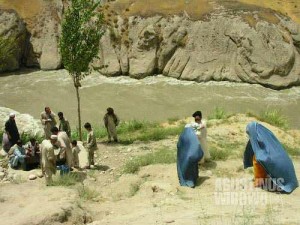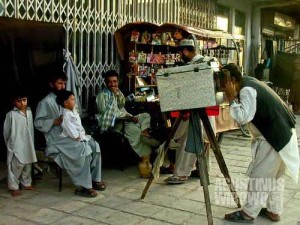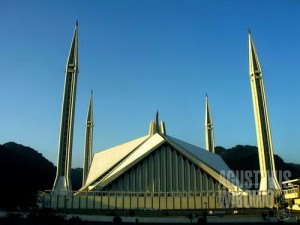#1Pic1Day: Warna-warni Gurun | Colors of the Desert (Pakistan, 2006)
Colors of the Desert (Pakistan, 2006) Desert inhabitants in South Asia are known for their sophisticated costumes, full of ornaments and colors. The women in Thar Desert of Pakistan, especially the Hindu ones, still wear colorful costumes, with dozens of bangles all over their body, and are totally at ease with cameras. Warna-warni Gurun (Pakistan, 2006) Bangsa-bangsa gurun di Asia Selatan punya keunikan pakaian yang sangat rumit, penuh dekorasi, berwarna. Kaum perempuan di gurun Thar, Pakistan, khususnya umat Hindu, masih memakai pakaian yang berwarna-warni, gelang di sekujur tubuh yang berlusin-lusin, dan sama sekali tidak antipati terhadap kamera. [...]


